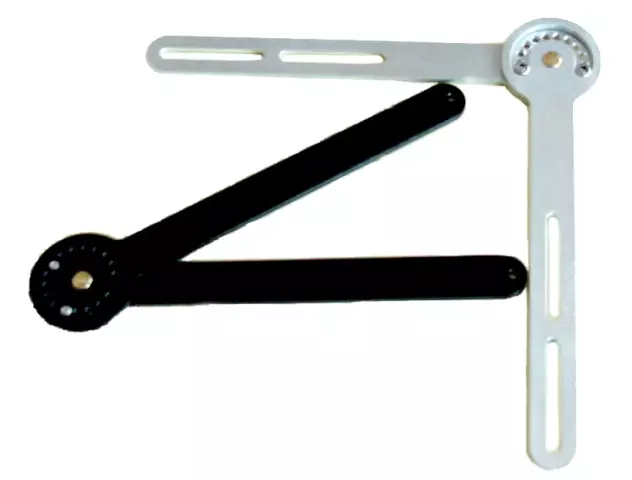- Author Curtis Blomfield [email protected].
- Public 2023-12-16 20:44.
- Last modified 2025-01-23 17:01.
The main task of the elbow joints is to ensure the correct position of the upper limbs in space. If this function is violated, as well as under the influence of excessive load, diseases such as bursitis and enthesopathy can develop, which is fraught with serious complications. Since the elbow joints are often subject to various injuries, it is necessary to know what this can lead to. After all, sometimes even a minor bruise gives a person big troubles, which are manifested by soreness and a feeling of discomfort.
The elbow joints are formed by the articulation of the radius, ulna and humerus, the surface of which is covered with cartilage, providing smooth and gentle movement. Such a complex part of the body has smaller joints in its cavity: humeroradial, radioulnar and humeroulnar. In addition, there are synovial bags around, the largest of which is located in the region of the olecranon eminence.
Muscles of the elbow joint

Strong muscles, originating at the elbow, are responsible for flexion and extension of the hand, and are also responsible for the correct correction of the length and height of the arm. Excessive load on muscle tissues, as well as their insufficient protection, makes the elbow joints especially susceptible to various kinds of disorders. The main extensor of the upper limbs is the triceps muscle, which connects the humerus and scapula, so it is important to avoid injury.
Elbow Ligaments

The perimeter of the elbow joint is covered by an annular ligament, whose task is to hold the bones of the forearm, which prevents them from shifting to the side. In order to prevent external and internal displacement, there are lateral ligaments that also help to strengthen the joint. With dislocations and fractures, almost always there is a complete tearing of one or several ligaments at once. This condition requires urgent medical attention, as delay may affect the further performance of the affected hand.
Elbow injuries

The elbow joint is considered the most complex from an anatomical and functional point of view. Injuries to this part of the body are divided into dislocations, bruises and fractures. In each individual case, certain medical procedures are performed. In case of intra-articular fractures without displacement, the joint is fixed with a plaster splint. With U- and T-shaped fractures, surgical reposition of fragments is performed, as well asfixing them with screws, screws and knitting needles, followed by the application of plaster.
Symptoms of elbow injuries include bruising, difficulty and pain in bending the limb, and swelling of the affected area. With mild injuries, such signs disappear on their own over time, but with more serious injuries, it is better to consult a doctor and conduct an X-ray examination, which can be used to identify a pinched nerve, a crack, a displacement of the bone, and its fracture. In such cases, the elbow joints are treated in the surgical department of the hospital, basing the complex of therapeutic procedures strictly on the indications of x-rays.






